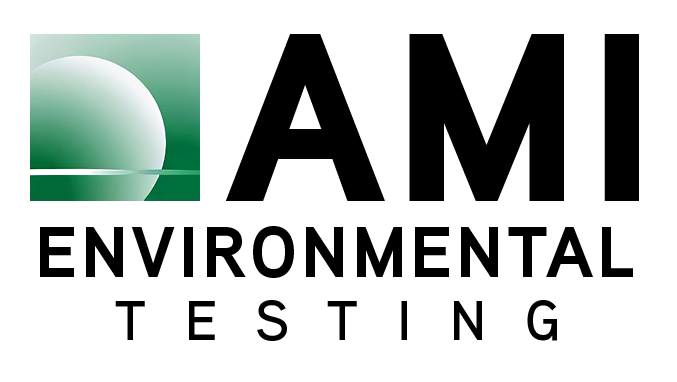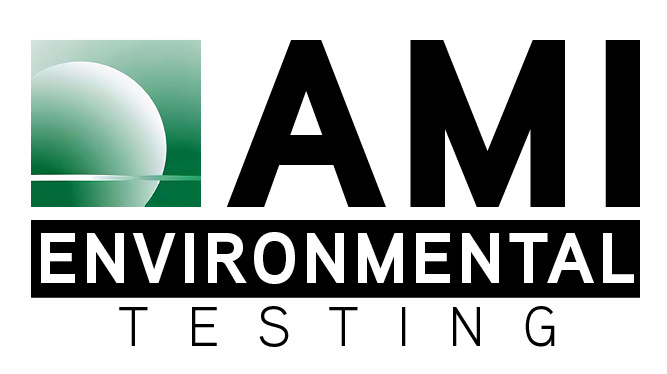Mold and its musty odor can be more than just a nuisance—it’s often a sign of underlying moisture issues that could threaten the health of any occupants. When mold appears, it’s not just about an unsightly stain or an unpleasant smell. It typically points to a larger problem: moisture intrusion. Understanding this connection is crucial for maintaining a safe and healthy indoor environment.
Mold thrives in damp environments. When moisture infiltrates a building, it creates an ideal breeding ground for mold spores. Common sources of moisture intrusion include leaky roofs, plumbing issues, or poor ventilation. Over time, this can lead to significant mold growth, which not only damages structures but can also affect indoor air quality.
Beyond the visible signs of mold, such as dark spots or staining, a musty smell is a strong indicator of mold activity. This odor is caused by volatile organic compounds (VOCs) that mold releases into the air as it grows. If you detect this smell, it often means there is a mold colony in the building, even if it’s not immediately visible.
Mold removal and remediation require a thorough understanding of moisture dynamics and proper techniques to resolve the problem. This is where an environmental consultant can play a vital role. At AMI Environmental, our professionals are trained to comprehensively assess indoor environment quality. They can identify hidden mold sources, evaluate moisture levels, and provide recommendations for remediation and prevention.
Engaging an environmental consultant not only helps in effectively managing the current mold issue but also in preventing future occurrences by addressing the root cause. If you are dealing with persistent moldy smells or visible mold growth, contact AMI Environmental.
Related Posts
February 28, 2025
January 25, 2025
December 23, 2024



